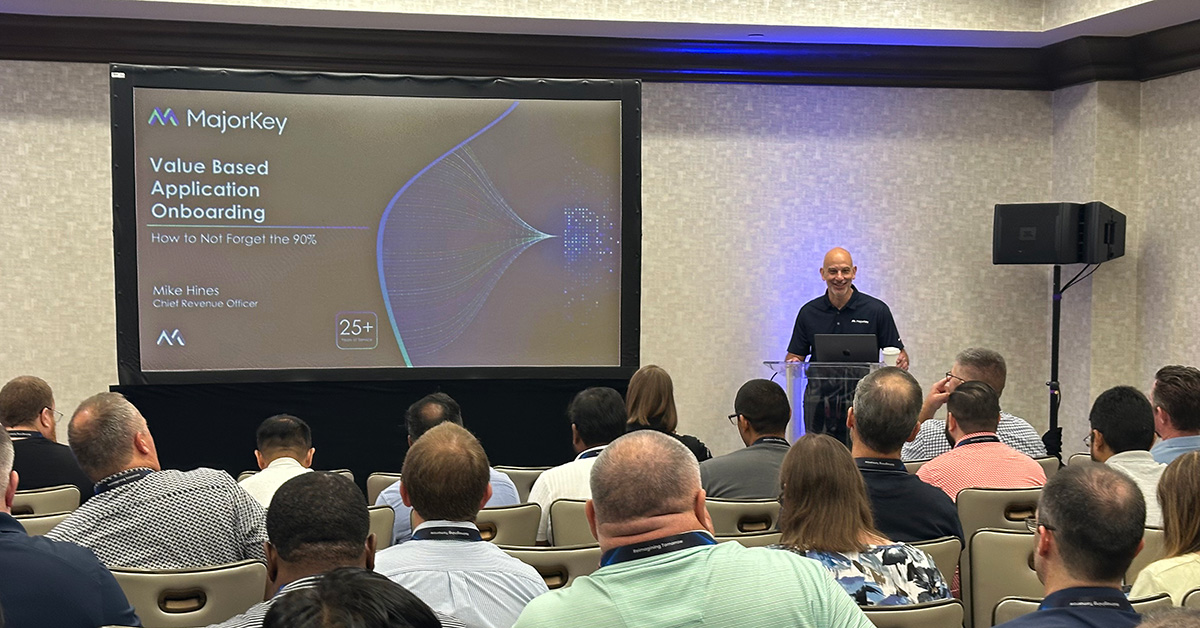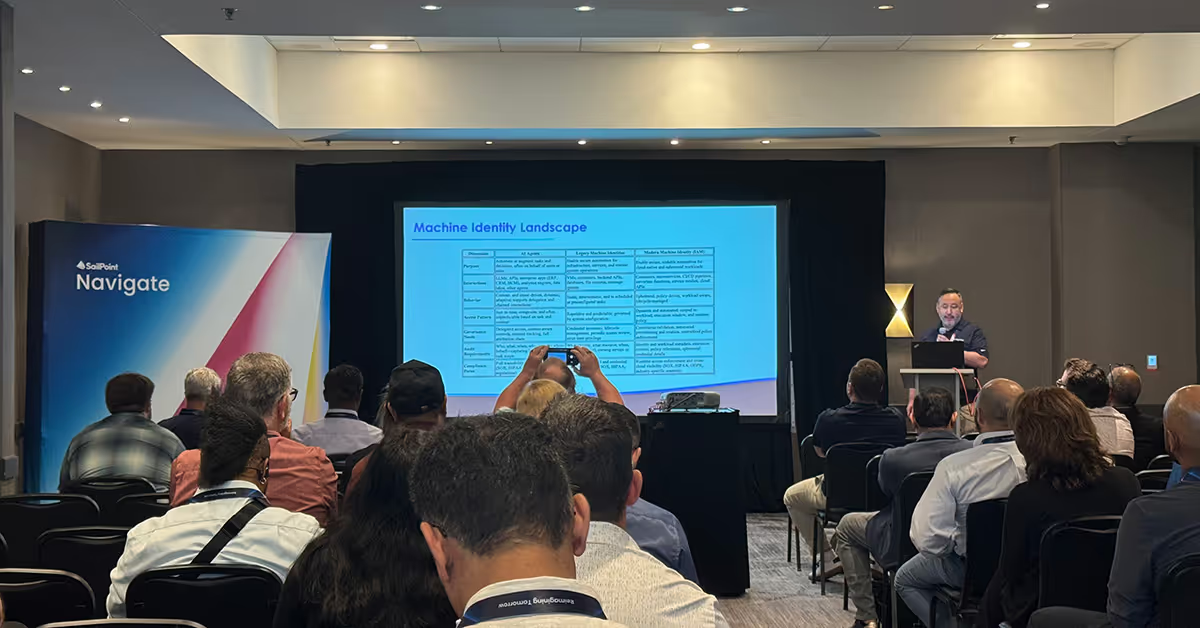Five Common IGA Challenges and How Managed Services Can Help Solve Them
|
Duration:
min READ

Identity Governance and Administration (IGA) tools are utilized to securely and efficiently manage user identity and access to business applications and assets. In today’s technology landscape, these tools are almost mandatory for the modern hybrid enterprise.
But while a vital part of most tech stacks, IGA tools are certainly not without their challenges.
Here are the top five IGA challenges that we see with our clients, and how managed services helps to solve them:
3) Lack of internal resources
When it comes to IGA tools, not only is there an industry-wide lack of resources but available resources are outpacing other market segments in rising costs. It is increasingly difficult to find and retain engineers with deep experience in specific IGA tools. A lack of in-house expertise can be detrimental to the success of an IGA program because the technology is only as good as the person operating it. If your resource lacks experience in your tool, there is a much greater chance of a misconfiguration or other issue.
Whether for one-off projects or for multi-year contracts, managed service providers help fill the gaps around in-house experience. Rather than spending time and money on recruiting, hiring, and training, these costs can be operationalized on an as-needed basis, allowing you to scale up or down as needed.
4) Difficulty justifying ROI
Measuring ROI and time-to-investment are vital when justifying the cost of an IGA program but can be difficult to ascertain. Without a clear ROI, it can be difficult to justify the IGA program to department making budgets. With ROI calculated, it is easier to align IGA program goals with the larger business and leadership goals.
One of the more common advisory engagements that MajorKey sees as a service provider is calculating the ROI of specific tools, including IGA tools. The process of determining an organization’s ROI for a tool varies from organization to organization. At MajorKey we utilize our clients’ specific business and information security goals to formulate the ROI, allowing our clients to gain internal support more easily for their initiatives.
[Start on the path towards a successful IAM program with our IAM Buyer's Guide]
5) Integrating with third-party identities
The landscape is rapidly evolving when it comes to managing identities. Modern enterprises must now contend with an increasingly greater number of external identities between partners, vendors, contract workers, and others. Remember the massive Target breach in 2013? That started after a third-party vendor, an HVAC repairman in this instance, was compromised. On a macro level, in 2022 more than 50% of companies reported a third-party breach according to a study from Imprivata.
A cybersecurity program is only as strong as the weakest link, and it’s easy to underestimate the importance of proper third-party identity management. Working with a managed service provider to integrate third-party identities, like HVAC providers in Target’s case, ensures that it is done correctly and quickly while being set up to ensure future scalability.
1) Automating manual tasks and processes
Introducing automation is one of the quickest ways to increase the value of an IGA tool. Common areas of automation include user provisioning/de-provisioning, automating non-starts, access requests and approvals, and other manual, repeatable processes. Depending on the size and scope of an organization, automating these tasks can save thousands of man hours every year.
Managed service providers have the expertise and resources required to identify opportunities for automation, develop the necessary workflows, and configure the IGA tool to support the automation. This helps organizations increase efficiency, lower the risk of errors, and free up internal resources for more important initiatives. Furthermore, because the MSP is managing the work, it’s in their best interest to establish workflows and automation that make tasks and the overall experience easier to manage and as accurate as possible.
We’ve seen a number of clients find success and considerable efficiency across industries by automating non-start governance, birthright access for new users, and new user processing. A national children’s hospital recently saved over 2,600 manual hours annually.
2) Onboarding applications at scale
One element that is often overlooked when planning an IGA implementation is how long it takes to onboard business-critical applications. A tool’s time-to-value is decreased drastically if it takes an additional 6-12 months, post-implementation to fully integrate with business applications. For larger organizations with large teams, it could still take years before applications get onboarded. We’ve seen queues of over 600 applications and 8+ year timelines. Organizations looking to onboard their applications should prioritize by risk and business value then break them up into manageable phases with 5-10 applications per phase.
Service providers can commit trained resources 24/7 to rapidly integrate applications, allowing organizations to realize value and scale up or down more quickly. This enables their internal resources to focus on additional training, set up, or other projects. Furthermore, service providers frequently onboard the same applications for different clients. With that familiarity comes a great chance for success.
With so many IGA platforms on the market, just finding the right solution can be difficult. We're here to help. MajorKey offers a rapid advisory assessment to help organizations select, integrate and manage IGA solutions. Contact us today to get started.
Authors
No items found.
Identity Governance
No items found.
No items found.
.svg)



















.svg)
